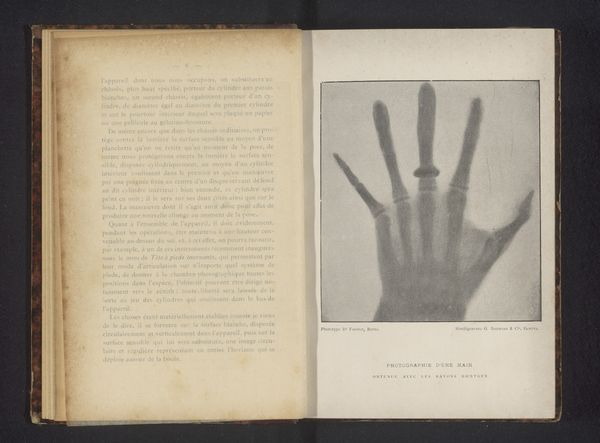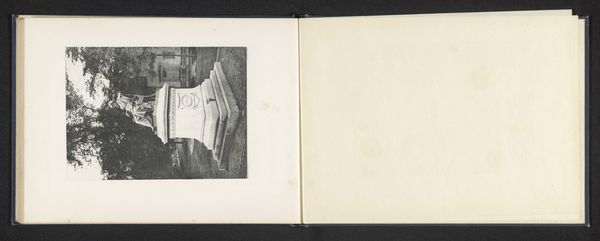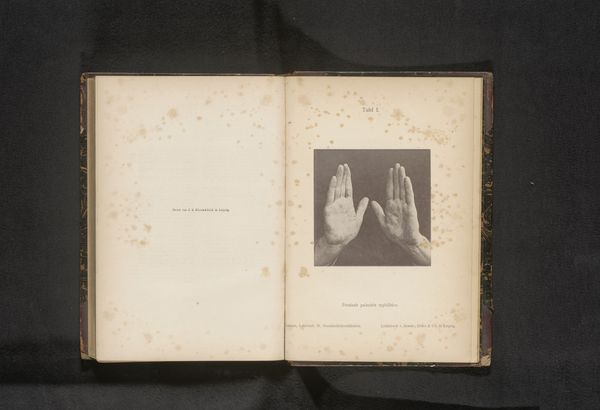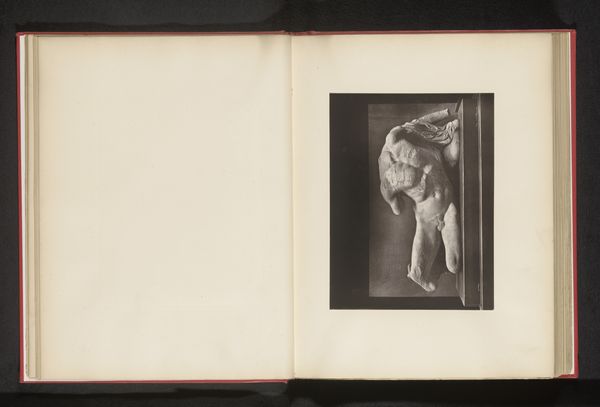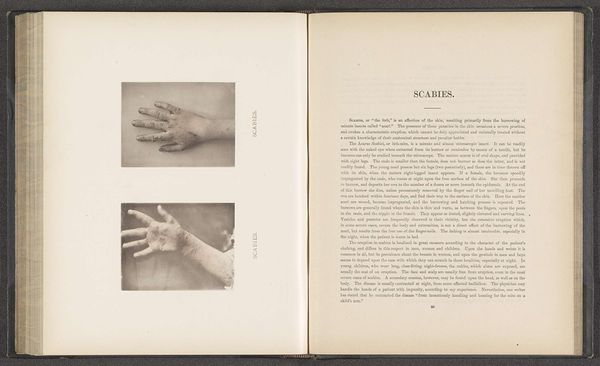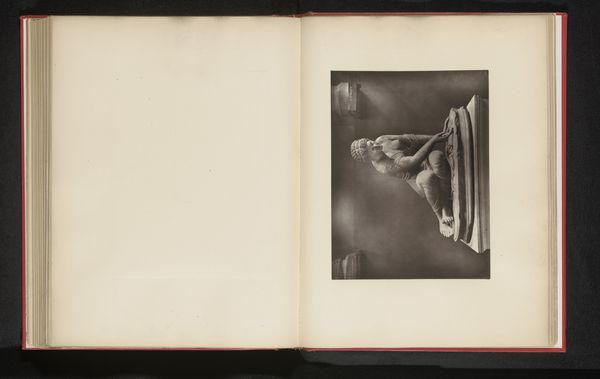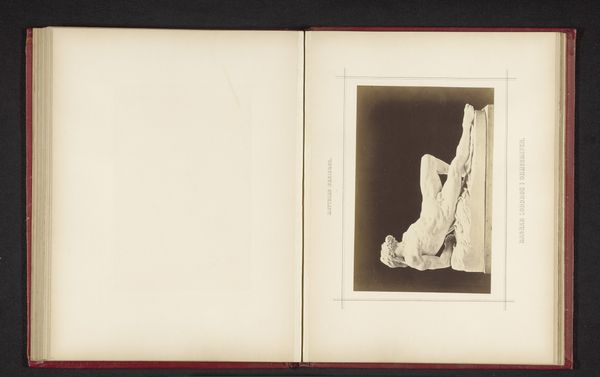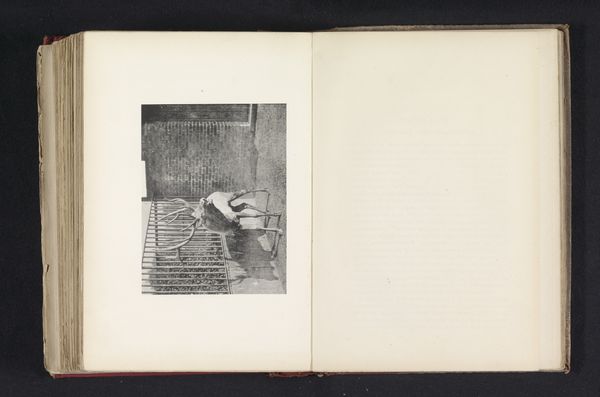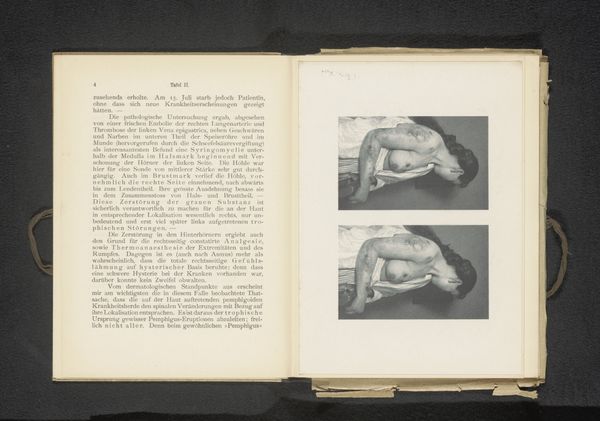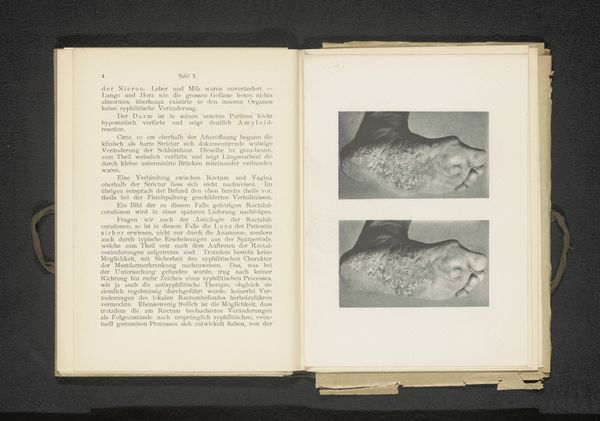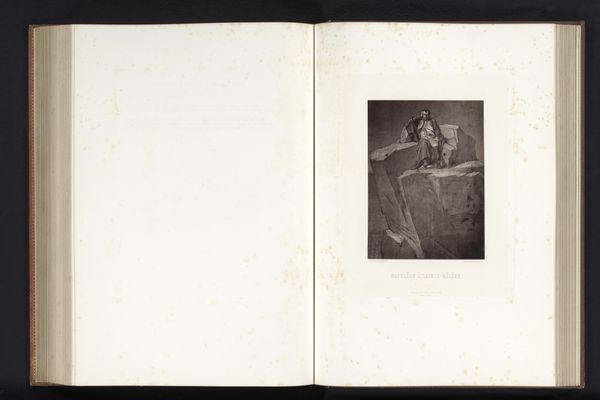
Twee aanblikken van een arm met symptomen van huidlupus before 1894
0:00
0:00
print, photography, gelatin-silver-print
# print
#
photography
#
gelatin-silver-print
#
academic-art
Dimensions: height 175 mm, width 126 mm
Copyright: Rijks Museum: Open Domain
Presented before you are two studies of an arm with skin lupus, captured by Albert Ludwig Sigesmund Neisser. These stark, clinical images evoke a contemplation of the human condition, linking to art history across various eras. Consider the motif of the hand. Since antiquity, hands have symbolized power, benediction, and creation. Yet here, the hand, marked by disease, becomes a symbol of suffering and vulnerability. The open palm is reminiscent of devotional images, like those of early Christian art, but instead of offering blessings, it presents an affliction. Think of the 'Ecce Homo' motif – the presentation of Christ mocked and scourged. This image serves as a mirror, reflecting our own fears of mortality and decay. In Neisser's study, we observe not divine suffering but a human ailment, stripped bare for scientific scrutiny. Thus, the act of observation itself becomes charged with a profound psychological weight, forcing us to confront our own impermanence. The image reminds us that symbols continuously transform. They are not static; they evolve, mirroring our changing understanding of the world and ourselves.
Comments
No comments
Be the first to comment and join the conversation on the ultimate creative platform.

